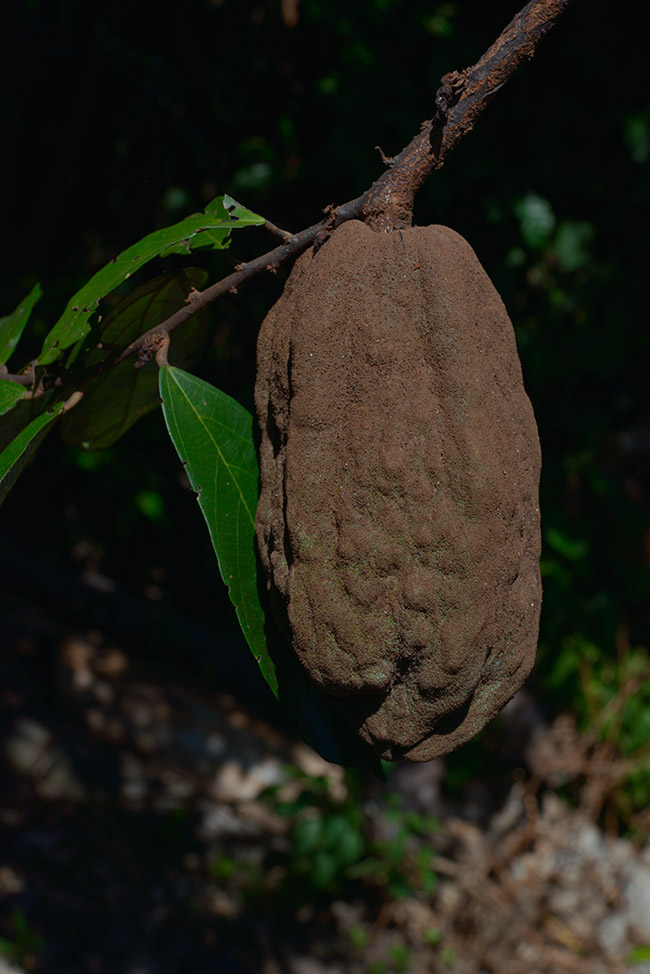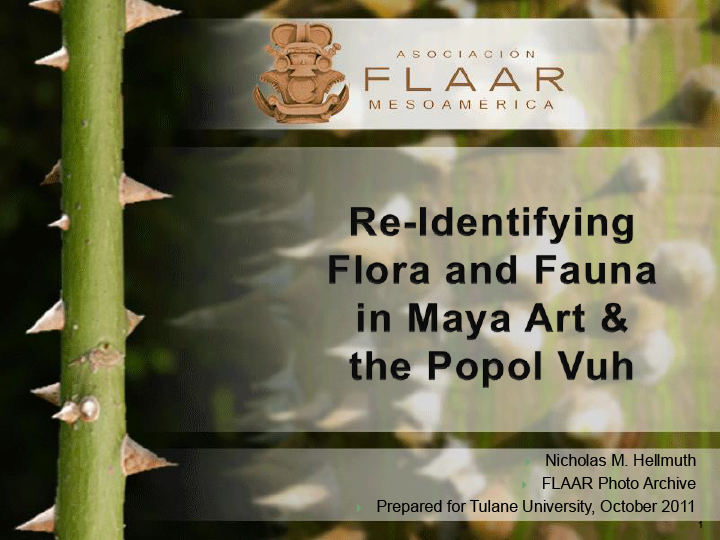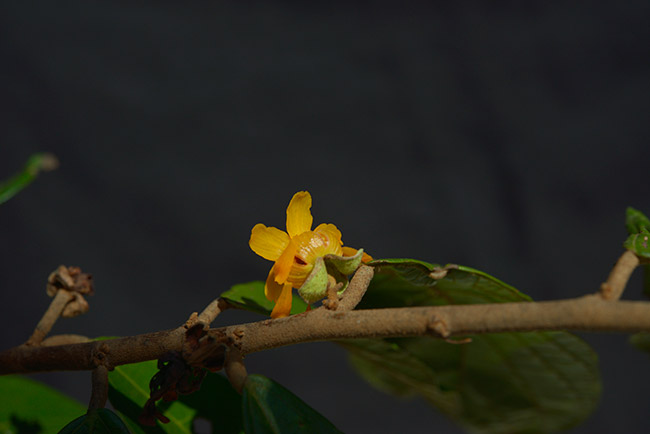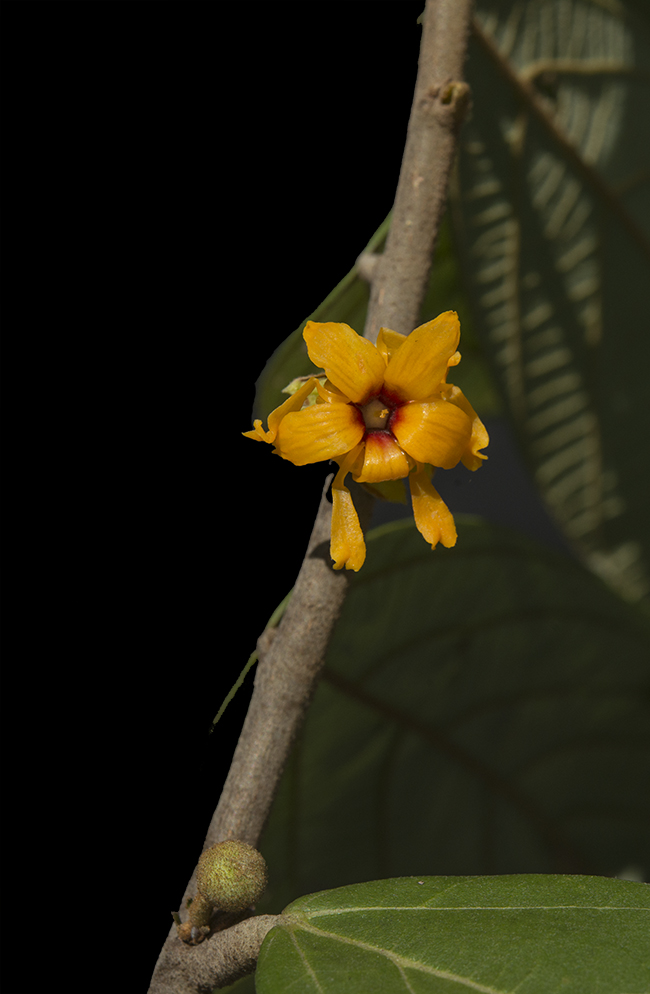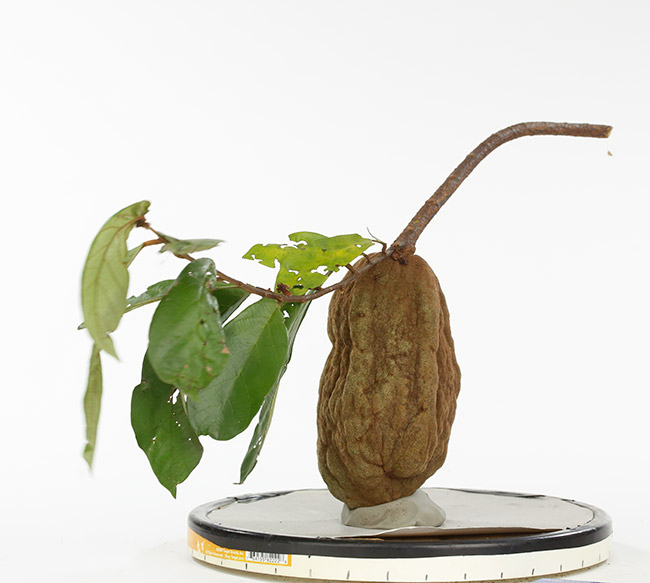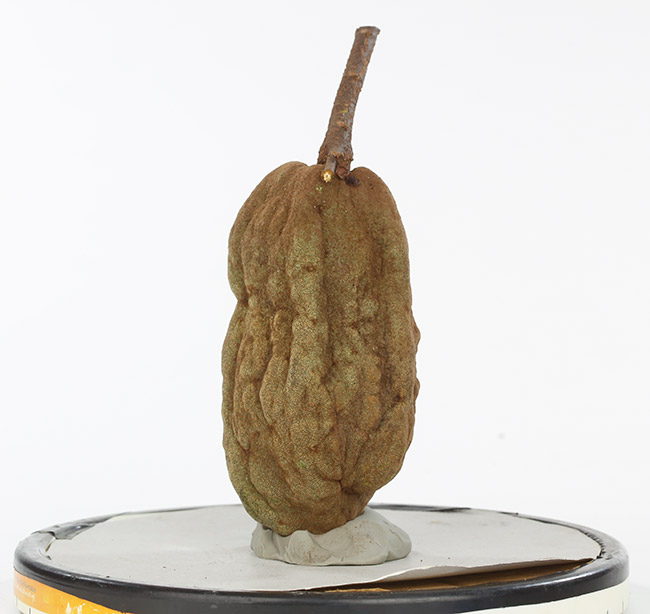Prepare your Mayan chocolate cacao cookbook, Here comes Theobroma angustifolium
Chocolate today is made from cocoa of the seeds of Theobroma cacao. Most cacao today is grown in Africa, but the origin is the Americas.
There are other species of “cacao” used by the Olmec, Aztec and Maya of Mexico, Guatemala, Belize, Honduras and El Salvador, such as pataxte, Theobroma bicolor, also known as jaguar tree (balamte’ or balam che’). The seed of the fruit pods of these plants was used by the Aztec and Maya and their neighbors for thousands of years. Even the Olmecs of 3500 years ago knew of cacao.
Recently I found that there is a third species of Theobroma grown in Soconusco (coastal Chiapas and adjacent Costa Sur of Guatemala). This is Theobroma angustifolium. I will need to check on whether Sophie Coe and Michael Coe’s excellent book on cocoa, The True History of Chocolate, 1996, mentions Theobroma angustifolium. And whether any of the scholarly reports in Chocolate in Mesoamerica: A Cultural History of Cacao (edited by Cameron McNeil 2009), mention Theobroma angustifolium. Also need to check another dozen good books on cacao of Mesoamerica. I estimate 75% do not mention Theobroma angustifolium whatsoever.
Theobroma angustifolium needs to be rescued as a species, and as discussion in books and articles
I first really noticed Theobroma angustifolium while doing research on pataxte (Theobroma bicolor) in mid-December (2014). So I drove 500 km back and forth to diverse eco-systems of the Costa Sur and Boca Costa of Guatemala (total distance, about 250 each way). I spoke with three knowledgeable cacao specialists. They all offered to help find Theobroma angustifolium, but on that first weekend, none of us could find it.
Now, four days later, one of the cacao specialists has found it, so once I am back from Christmas field trip in Alta Verapaz (searching for more pataxte (Theobroma bicolor) and more Theobroma angustifolium, then I could return to the Pacific side of Guatemala and do some photography (hoping some of the plants are still in bloom, or have fruits). So now another 500 kilometers.
Theobroma Angustifolium, Found at San Antonio Suchitepeques.
Not many books on cacao of the Maya devote much space to pataxte and even fewer discuss Theobroma angustifolium (for good reason since if this is a fully Costa Rican tree, it is possible that neither the Maya nor Aztec had it).
But… if the Olmecs could trade with Costa Rica for greenish jadeite, surely the Olmecs could have brought back seeds (of Theobroma angustifolium) from Costa Rica also. And in case the Olmecs (over centuries of trade) did not bring back at least a few seeds, what about centuries of Teotihuacan trade along the same coastal and piedmont routes? The Teotihuacans clearly focused on cacao throughout the Rio Seco and Tiquisate areas of the Costa Sur of Guatemala. I bet the Teotihuacanos had access to regular trade routes also to Costa Rica, and would have at least experimented with Theobroma angustifolium (which has a more beautiful flower than normal cacao, if you like thick orange flowers rather than thin light pinkish flowers of normal cacao).
Theobroma Angustifolium Flower, Found at San Antonio Suchitepeques.
And the Aztec had contacts up and deep down into Central America. So I am not yet convinced that not one single tree of Theobroma angustifolium, was known or grown by the pre-Columbian people of Guatemala, Belize, Mexico, El Salvador or Honduras.
In the 1940’s there were more trees of Theobroma angustifolium
I would be pleasantly surprised to find any Theobroma angustifolium remaining anywhere in Alta Verapaz. The Q’eqchi’ Mayan people raise primarily Theobroma cacao and lots of Theobroma bicolor (pataxte, or balamte’).
Few flowers mature; most cacao fruits rot
To write up the botanical facts of Theobroma angustifolium would require doing field work next to a tree so you could watch it an entire year. Until a benefactor kindly sends funds, we have no way to maintain staff near either Theobroma angustifolium or Theobroma bicolor to count how many flowers a sample tree can produce. But I estimate a single tree produces thousands of flowers. Yet when you see the tree you notice mostly rows of tiny fried dead flowers. You never see rows of fruits.
My observation seems to be correct, since local people sometimes say that they knew of this species in past years but cut the trees down because they did not produce enough pods.
During January a considerate botanical colleague alerted us that he had found another Theobroma angustifolium cacao tree in the Costa Sur area. So we drove another 300 km round trip to study this tree. Today (May 25, 2016) we are in front of these Theobroma angustifolium cacao trees again. We harvested three mature pods with the permission of the owner, and will see how many of the seeds grow.
Sadly, 90% of the pods on the tree were rotten. This was a large-sized mature tree.
Theobroma Angustifolium rotten pod, Found at San Antonio Suchitepeques.
Theobroma Angustifolium rotten pod, Found at San Antonio Suchitepeques.
So after an entire month, we have found about three single Theobroma angustifolium trees. Yet when botanists Standley and others were doing their research in the 1940’s, there were entire plantations of Theobroma angustifolium trees. So here is a need calling out for a project: to find and rescue Theobroma angustifolium trees in Guatemala.
More Theobroma angustifolium cacao pods harvested July 2016
We drove long distances to study several other plant species, but since we passed two locations with Theobroma angustifolium, we stopped at both. One tree had no pods whatsoever. The other tree had perhaps 15 pods. The owner kindly allowed us to acquire five of these. There were no flowers on either tree.
The owner had a big smile on his face when he said that recently he harvested scores of pods from this same tree and was making really delicious cacao drink from it.
3D Video Render by Andrea Mendoza
Most recently updated July 19, 2016
(another 500km field trip).
First posted January 9, 2015. Previously updated February 2, 2015. Updated May 26, 2016 (another 500km field trip).


